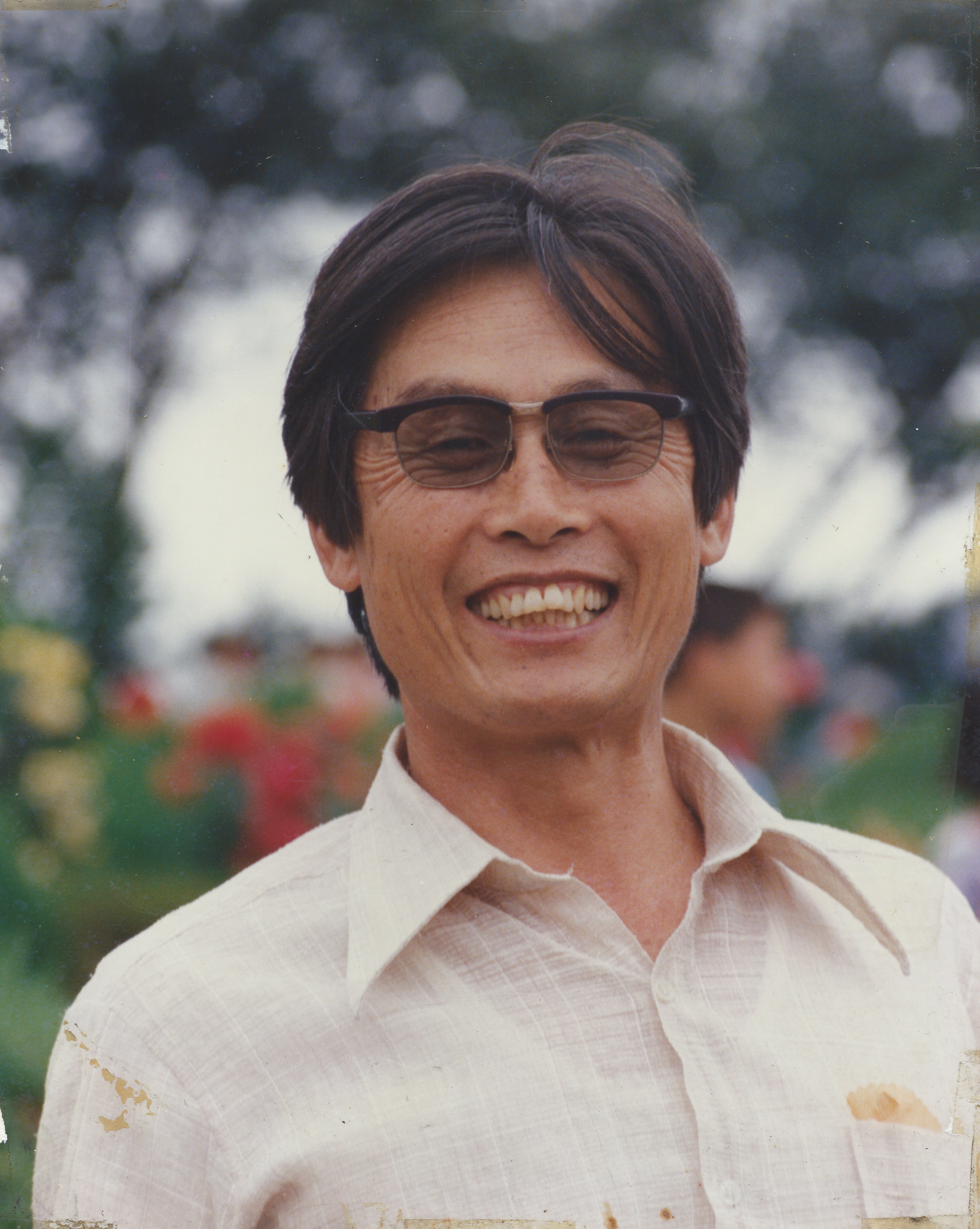APRIL 11, 2013
JUPITR Biosurveillance ATDThe Joint Program Executive Office for Chemical and Biological Defense (JPEO-CBD) is working with the Edgewood Chemical Biological Center (ECBC) to introduce a new advanced technology demonstration (ATD) – the Joint USFK (United States Forces Korea) Portal and Integrated Threat Recognition (JUPITR). The goal of the four-year program is to develop unique biological detection capabilities that will address the demand for stronger biosurveillance capabilities in the Korean Peninsula.
Biosurveillance has been a national priority since 2007, when the Homeland Security Presidential Directive-21 formalized the policy that all hazards threats could take many forms, including naturally occurring disease outbreaks. The National Strategy for Biosurveillance was established in 2012, and while some organizations have begun moving on the initiative, there are still a number of questions on how to best implement biosurveillance. The JUPITR ATD program allows ECBC and JPEO-CBD to be at the forefront of defining biosurveillance and to demonstrate concepts in a space which allows for an innovative and collaborative approach.
“This is a Department of Defense flagship program for how biosurveillance will manifest itself,” said Peter Emanuel, Ph.D., JUPITR ATD leader and Division Chief of ECBC’s Research & Technology (R&T) Directorate’s BioSciences Division. “ATD’s are a great opportunity to try risky and innovative concepts and really push the envelope on what our technology can do. JUPITR is aggressively pushing technology to the very limit of what we think it can do to demonstrate in the field what biosurveillance can look like.”
JUPITR has four distinct “legs” which are designed to each support the overall goal. The first leg of JUPITR is an information portal, similar to a web management tool for health surveillance. Brandon Flores from JPEO-CBD Information Systems demonstrated the current prototype of the portal in ECBC’s Berger Laboratories in January, explaining that, “many people who see it at first say it looks a lot like a personalized iGoogle desktop, except that all the feeds are about disease outbreaks and medical supply shipments.”
The second leg, led by Brady Redmond, Ph.D., of R&T’s BioSensors Branch, will work with scientists on the Korean Peninsula to build upon the capabilities of their labs, allowing them to conduct analysis at their own facilities rather than taking valuable time to send away samples to stateside laboratories for evaluation.
Jennifer Thermos of Joint Program Management (JPM)-Contamination Avoidance is leading the third leg, which she refers to as “The Shoot-Off” because it will pit a number of field biological detectors against one another with the ultimate winner finding a home in the Korean Theater.
The fourth leg is exploring early warning concepts by building on an ongoing JPM-Guardian program called Integrated Base Defense (IBD). IBD has, at its core, a massive multi-functional all-seeing sensor suite designed to rapidly establish a defensive perimeter. In field tests the 15-foot high box quickly popped open, raising telescoping towers and activating a myriad of field sensors, leading one soldier to exclaim, “time to release the Kraken boys!” thus coining its nickname.
“In JUPITR we will add a chemical/biological capability to the kraken such that our detectors can fuse with the common operating picture developed by its all-seeing eye in the sky. The devices will learn from the kraken’s acoustic, infra-red and thermal sensors and be able to direct what and where they look, which amplifies their effectiveness,” said Ken Kammerer, JUPITR ATD’s Deputy.This program has been under development for the last two to three years, born out of an overlapping of lessons learned from previous Able Response exercises in Korea, which identified a need for a stronger biosurveillance capability. The next exercise will take place 17-23 June, 2013 and soon after the ATD formally kicks off.
“Right now, what we have is akin to a big chess board where all the pieces were there, they just weren’t working together,” said Emanuel. “When you recognize the strength and the weakness of each piece on the chess board and move them in concert toward a specific aim, you have a greater chance of achieving your goal. In this case our goal is to significantly increase defense capabilities against impending threats.”
Source: U.S. Army
- See more at: http://globalbiodefense.com/2013/04/11/new-atd-to-develop-unique-biosurveillance-capabilities-for-korean-peninsula/#sthash.zfp6kzf1.Fdnms8eC.dpuf
'1. Dr. Sam Lee > 10_영어잘하는비법' 카테고리의 다른 글
| JUPITR ATD Biosurveillance - (0) | 2015.06.07 |
|---|---|
| Joint USFK Portal and Integrated Threat Recognition (JUPITR) ATD Plan Update (0) | 2015.06.07 |
| JUPITR program takes shape on Korean Peninsula (0) | 2015.06.07 |
| [내 목소리를 내며 산다는것] (0) | 2015.03.28 |
| 2013년 세계 10대 행복 국가 (한국 156개국중 41위) (0) | 2015.03.25 |

